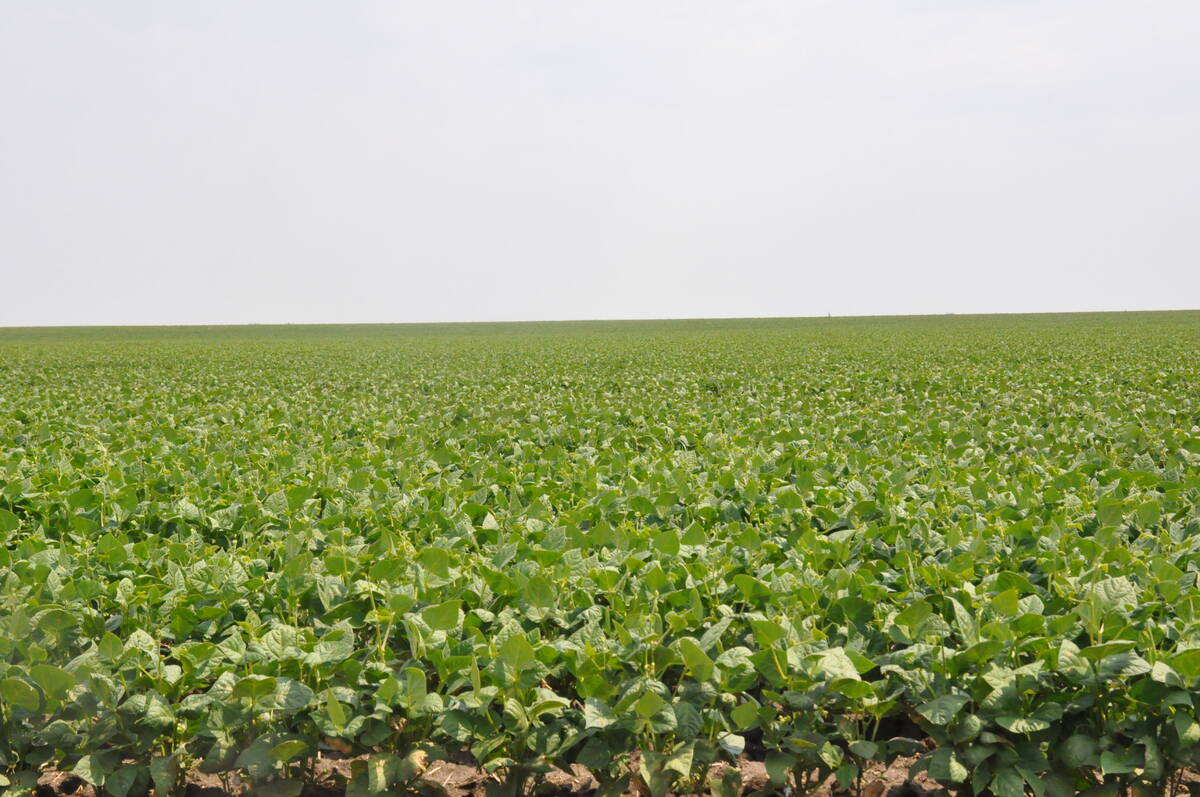The Canadian Meat Council has been waiting almost 10 years for Health Canada to rule on whether to permit the use of potassium and sodium lactates as food preservatives in raw, cut meat products.
Widely used in the United States for more than a decade, both preservatives are allowed in Canadian cooked meat products due to their effectiveness for inhibiting the growth of bacteria, particularly listeria, and extending the shelf life of packaged products.
Although lactates are not permitted in uncooked meat cuts in Canada, an Interim Marketing Authorization was published to permit the use of potassium lactate and sodium lactate in cooked, solid cut meat and poultry products at specified levels.
Read Also

Coloured bean production down, whites are up
Bean prices have been slumping and the outlook is for more of the same.
It was issued as an interim measure until the process to amend the regulations was formally undertaken.
Jim Laws, executive director of the council, said the meat processing industry had been hoping that a decision would come soon after Health Canada’s round of public consultations wrapped up in late 2006.
Aimed at revising Canada’s food safety regulations, which have mainly been unchanged since the 1950s, the review was also aimed at considering ways to mesh the country’s standards of practice with international governing bodies.
“I’m 49, so these things are older than me,” said Laws. “Surely in today’s world, every country shouldn’t have to review every product. We could set up some kind of agreement through something like codex alimentarius, that could review these things.”
But with a minority government in power, the odds of a dramatic push for legislative changes is unlikely, he added.
“It’s pretty clear to me that with so much trade around the world that we’re going to eventually have to move to a process where a lot of these things are approved by the global population,” said Laws.
“That would speed up the approval process. We could say, ‘come on guys. It’s been fully reviewed by the scientists at (U.S. Department of Agriculture) and approved for 10 years.’ You know what? Their scientists are pretty good.”
Health Canada spokesperson Renee Bergeron said that no comment on the issue would come until a decision is made.
“The issue of lactates in uncooked meat is part of a food additives submission, which is under ongoing review. Information regarding such submissions is confidential and therefore Health Canada is not able to discuss their status at this time,” she said.
“We can’t even say we’re looking at it. It’s all proprietary information.”
A Canadian Food Inspection Agency (CFIA) spokesman said that once Health Canada makes a decision, then the agency’s role will be to enforce it.
Laws said lactates are typically added to meat and meat products during the cutting or mixing stage, blended with curing agents in brine, or tumbled with meat, depending on the type of product.
Potassium lactate can be used instead of sodium to reduce the salt level in processed meat products, and research studies indicate potassium salts work equally well in inhibiting listeria.
In the U.S., lactates are used in a variety of fresh, cured and uncured meat and poultry products such as fresh sausage, fresh marinated whole muscle products, bratwurst, cooked sausage, roast beef, sliced deli items and poultry products.
Sodium and potassium lactate are viewed in the U.S. as a GRAS (Generally Recognized as Safe) substance for use as a direct food ingredient.
The CFIA has been working for several years on a policy to label fresh meat and poultry with added water. This is cited as a reason for the delay in the approval of lactates for fresh meat and poultry.














